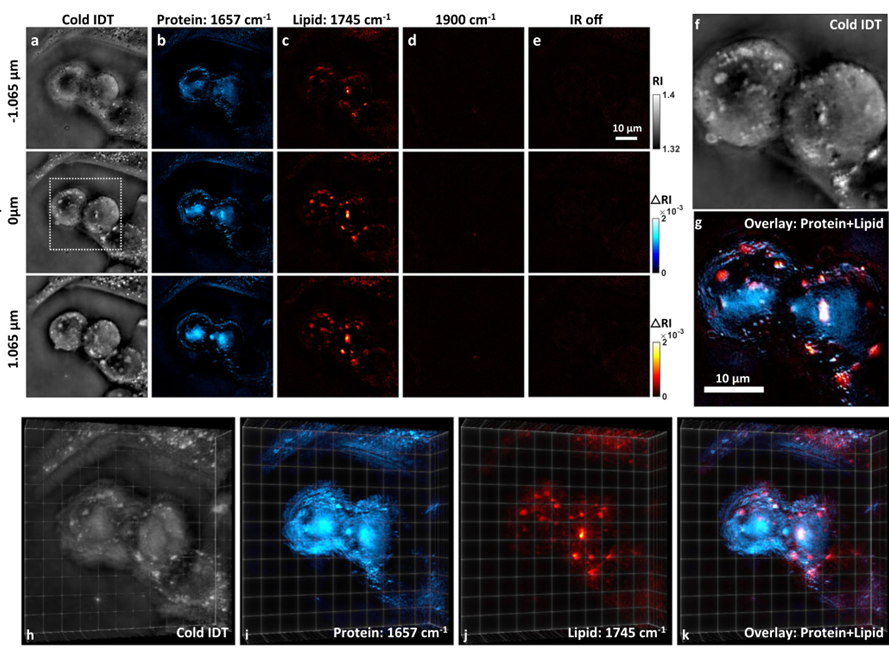
In a study published in Nature Communications, the team of Professor CHENG Jixin from Boston University and researcher ZHU Hongbo from Changchun Institute of Optics, Fine Mechanics and Physics (CIOMP) of the Chinese Academy of Sciences (CAS) reported the progress of the research on the realization of high-resolution, high-speed volumetric quantitative chemical imaging of biomolecular information using a three-dimensional bond-selective and computational mid-infrared photothermal microscope.
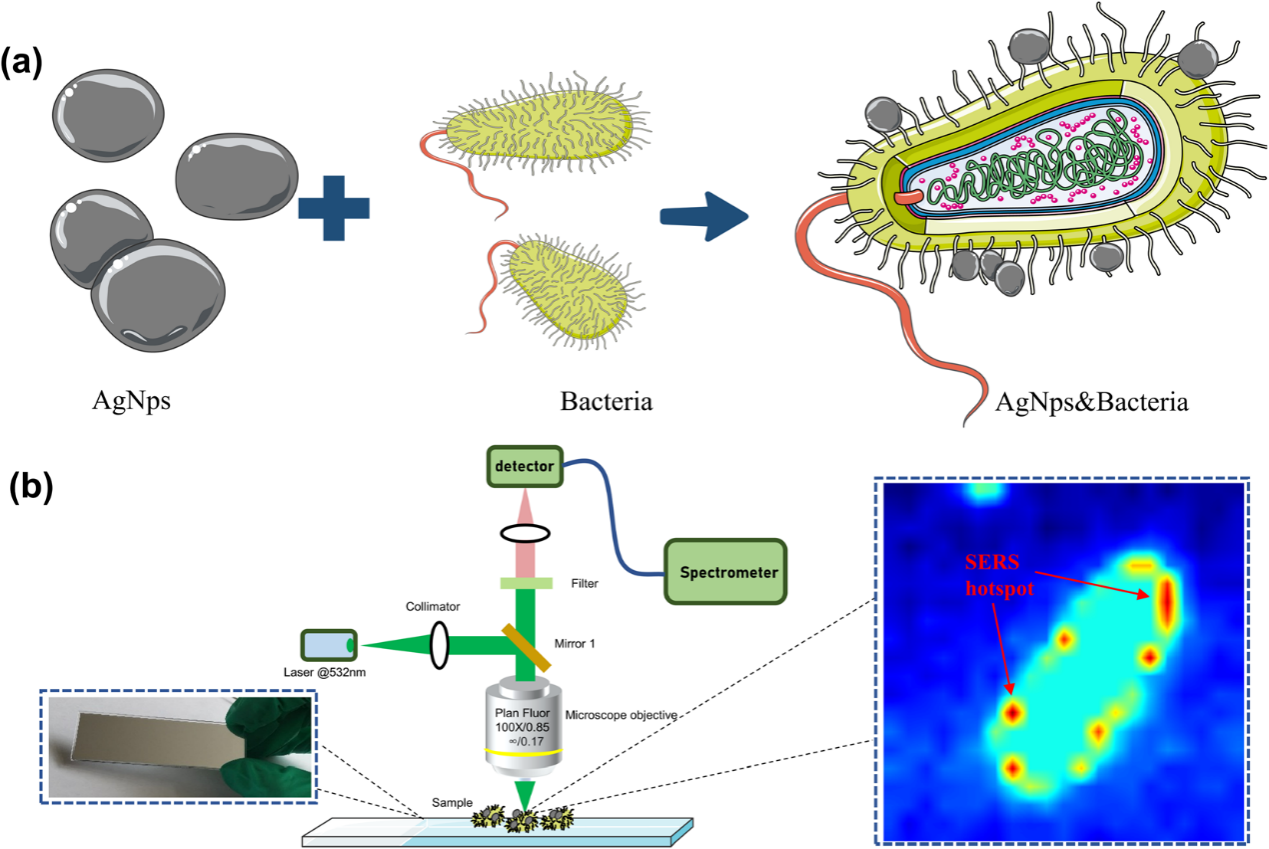
In a study published in Analytical Methods, a research group led by LI Bei from the Changchun Institute of Optics and Precision Mechanics and Physics (CIOMP) of the Chinese Academy of Sciences (CAS) proposed Rapid detection of beer spoilage bacteria based on label-free Surface-Enhanced Raman Spectroscopy (SERS) technology.
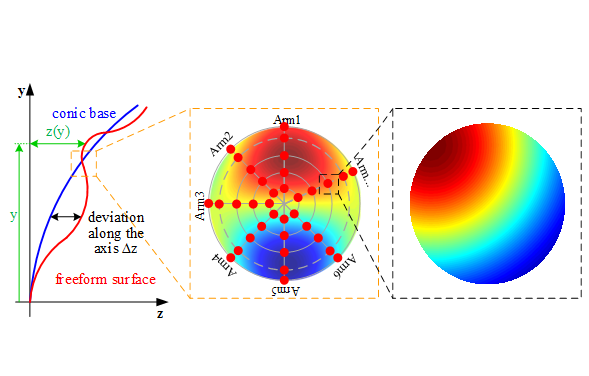
In a study published in Optics Letters, Prof. MENG Qingyu and his Doctoral student QIN Zichang from Changchun Institute of Optics, Fine Mechanics and Physics (CIOMP) of Chinese Academy of Sciences (CAS) proposed a desensitization design method for freeform optical system based on local-curve-control, which can effectively reduce the error sensitivity of freeform optical systems.

In a study published in ACS Applied Materials & Interfaces, a research group led by GUO Xiaoyang from the Changchun Institute of Optics, Fine Mechanics and Physics (CIOMP) of the Chinese Academy of Sciences (CAS) proposed a new idea to achieve high-efficiency perovskite light-emitting diodes by tuning the low-dimensional phase composition.
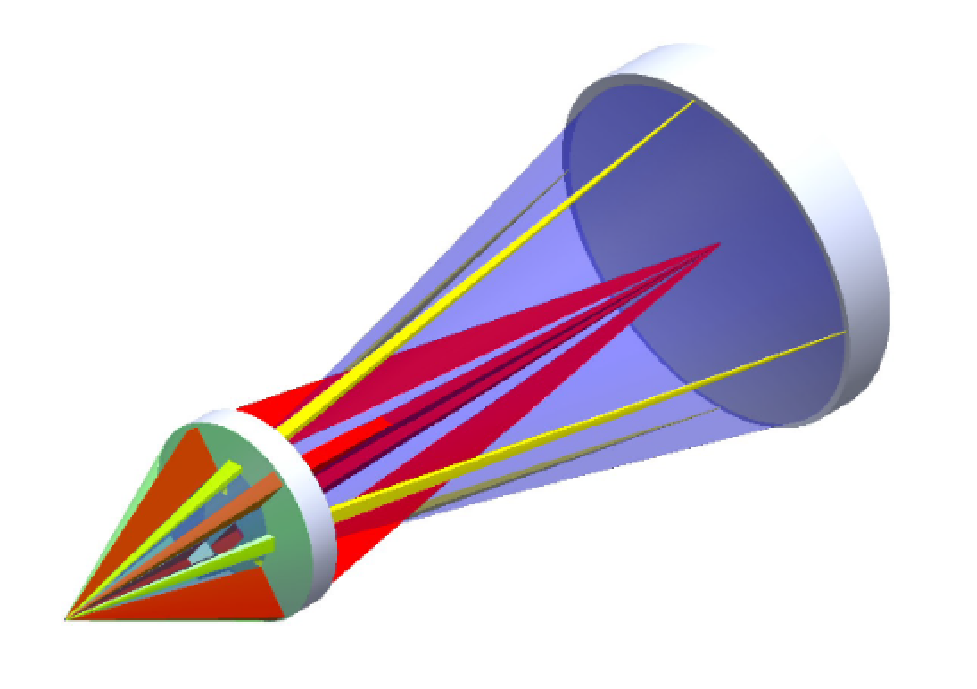
In a study published in Optics and lasers in Engineering, a research group led by Prof. ZHANG Xuejun from the Changchun Institute of Optics, Fine Mechanics and Physics (CIOMP) of the Chinese Academy of Sciences (CAS) proposed the concept of wavefront optical spacing (WOS), and a cat-eye computer-generated hologram (CGH) test method.
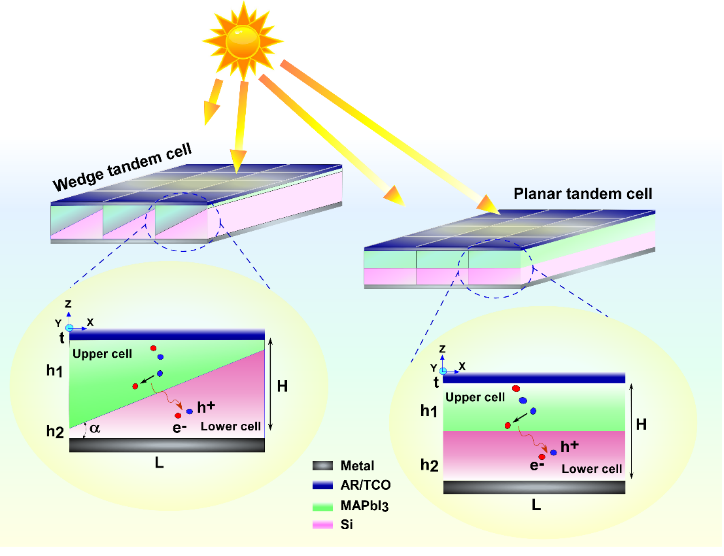
Multi-junction and tandem photovoltaic (PV) cells are developed to overcome the single-junction Shockley–Queisser (SQ) limit. Spectral splitting is the key to achieve high conversion efficiencies in these cells. In a typical tandem solar cell, the incident light is spectrally splitted between the upper and lower cells. Through an intelligent selection of materials, the number of layers, and the design of an efficient optical cavity, photons from the entire solar spectrum can be efficiently harvested.
